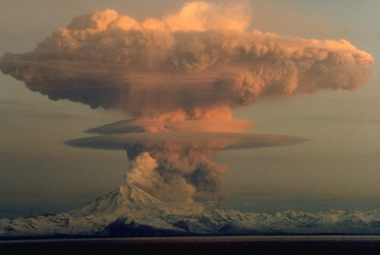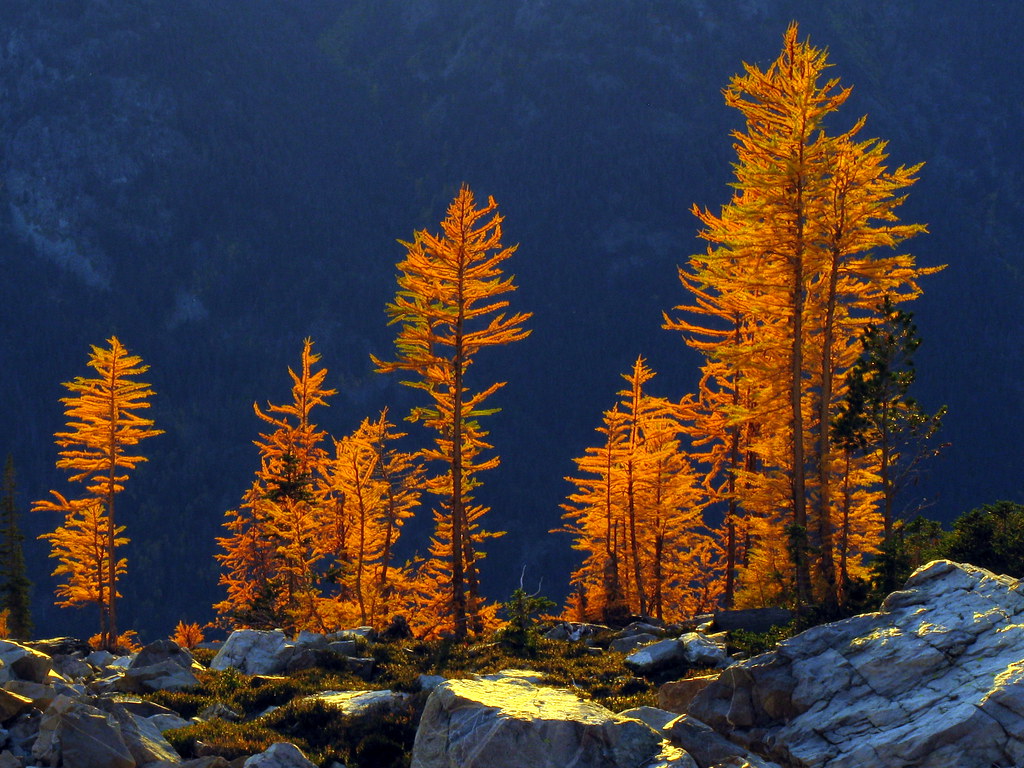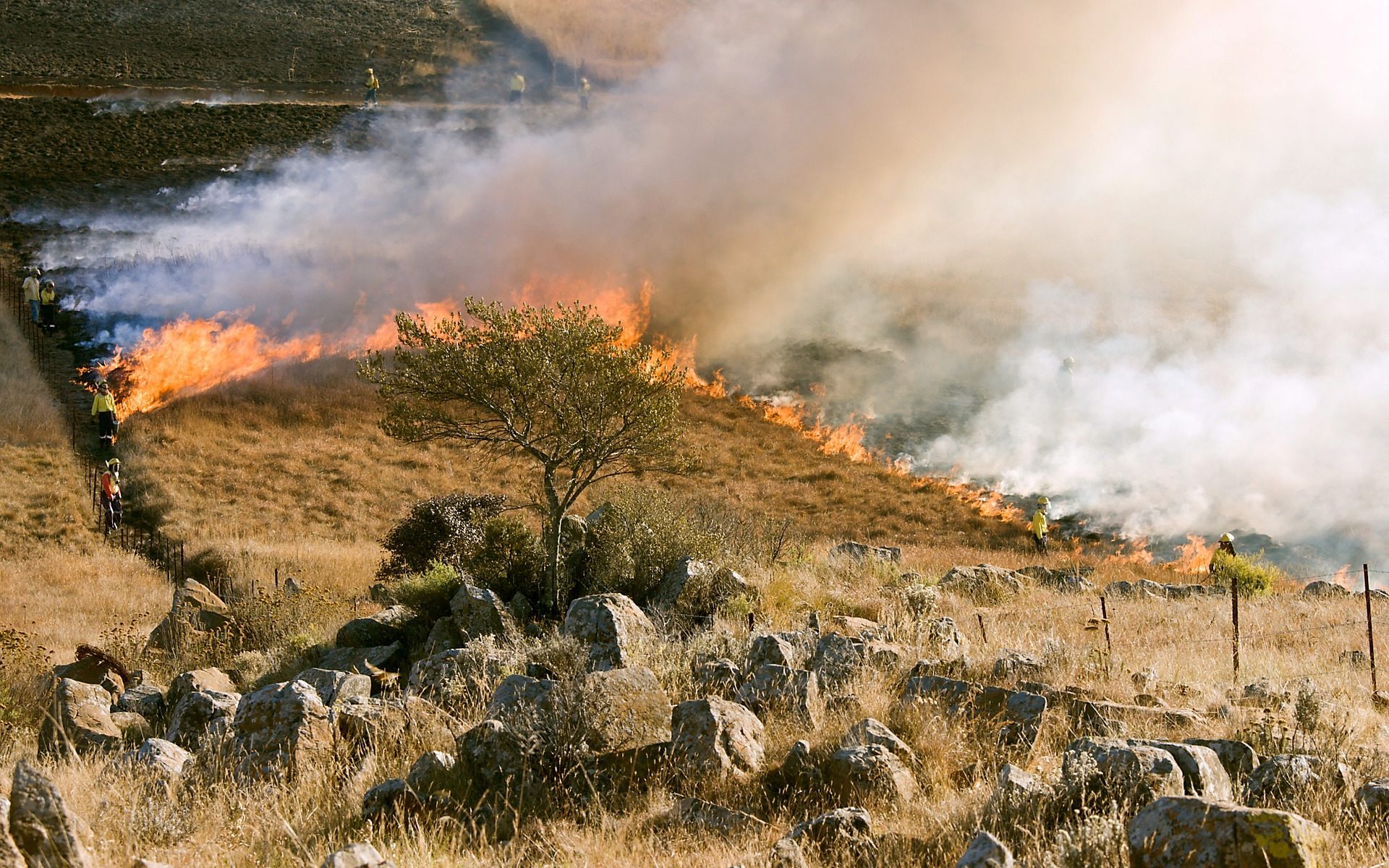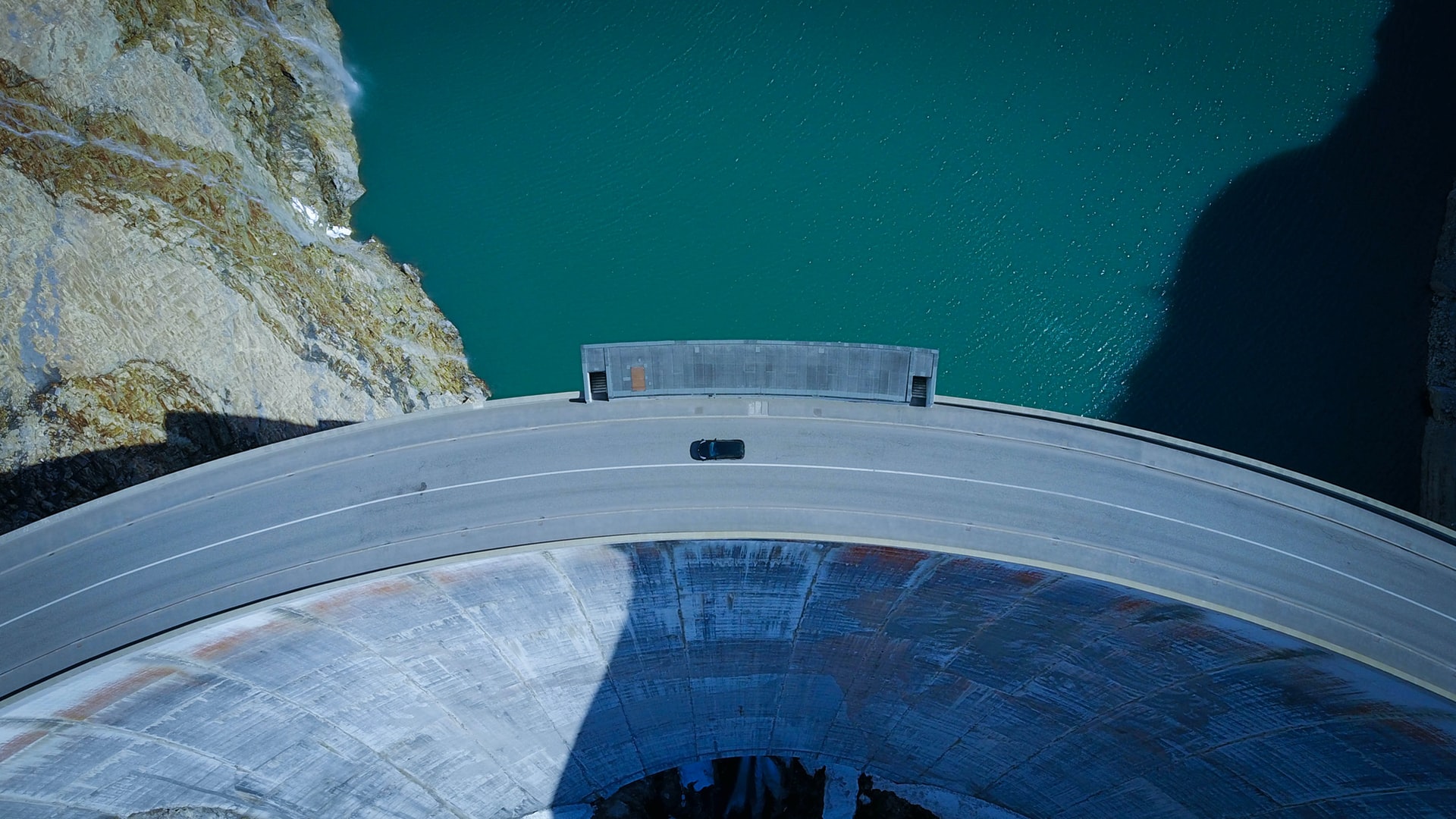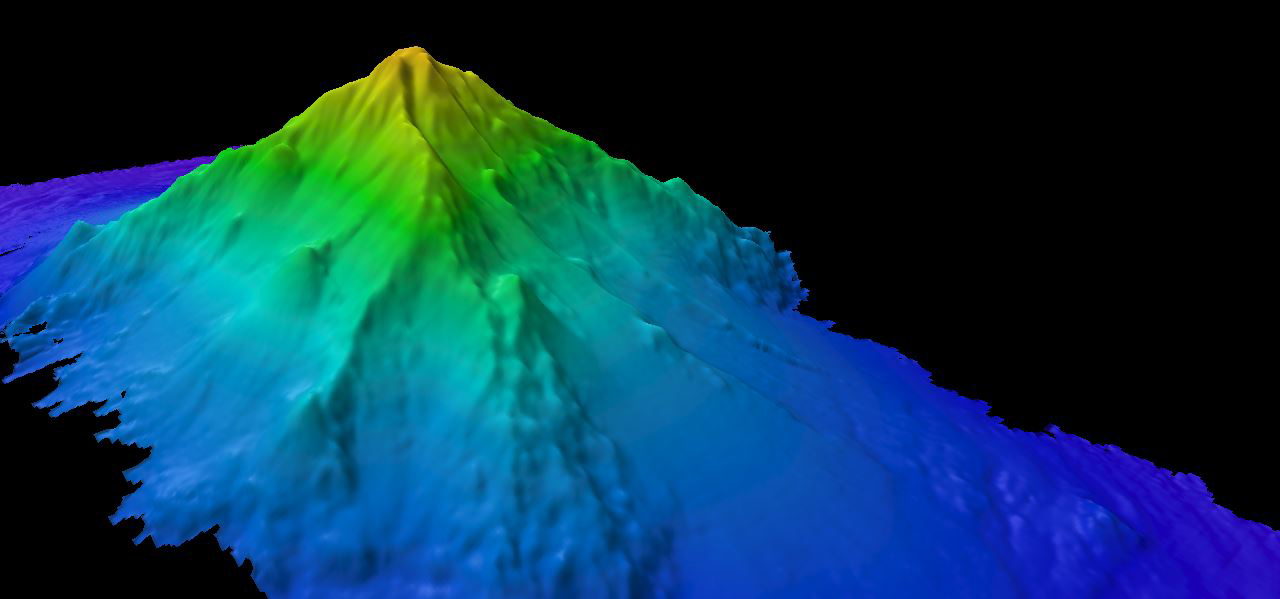Featuring image: Pluto is an icy object in the outer solar system. Its surface it not only covered by ice, but also by an unidentified red material. The largest of these red areas is the Cthulhu region in the southern hemisphere. NASA/JHUAPL/SwRI, public domain (CC0)
Paper: Testing tholins as analogues of the dark reddish material covering Pluto’s Cthulhu region
Authors: M. Fayolle, E. Quirico, B. Schmitt, L. Jovanovic, T. Gautier, N. Carrasco, W. Grundy, V. Vuitton, O. Poch, S. Protopapa, L. Young, D. Cruikshank, C. Dalle Ore, T. Bertrand, A. Stern
Pluto is an icy object beyond Neptune. Its surface is not only covered by innocent pale ice, but also by mysterious dark-red fields. What lurks in these hellish regions and where do they come from?
Far behind Neptune’s orbit, the icy body Pluto orbits our Sun. Pluto got a lot of attention in 2006, when it lost its status as a planet. Since then, it remained as a trans neptunian objects (TNO) of major interest. In 2015, Pluto presented itself in high resolution pictures for the first time in history, when NASA’s space probe New Horizons explored the outer regions of our solar system. What the pictures showed, was not the expected icy desert, but multiple areas of deep red all over Pluto’s surface. The largest of them is located on the southern hemisphere. As a homage to the master of subtle horror, H. P. Lovecraft, the area is called Cthulhu region, because some of the most mysterious and powerful beings in Lovecraft’s world originate from Pluto (in Lovecraft’s stories called Yuggoth). Fayolle and co-workers tried to better understand the origin of these red materials by using laboratory experiments and numerical modelling in comparison with the data recorded by the New Horizons space probe.
Continue reading “Call of Cthulhu — Can we uncover the secret of Pluto’s red spots?”

